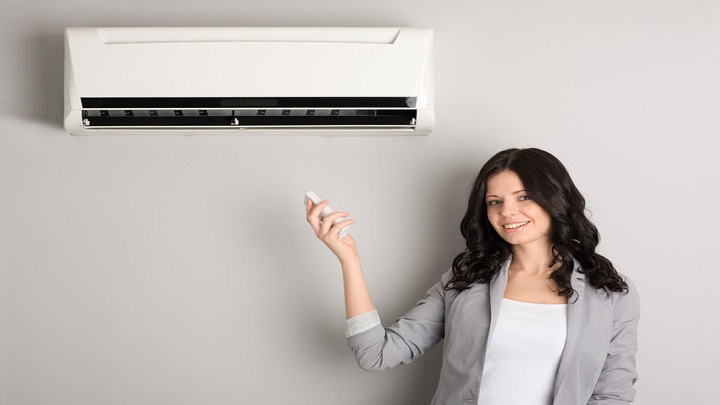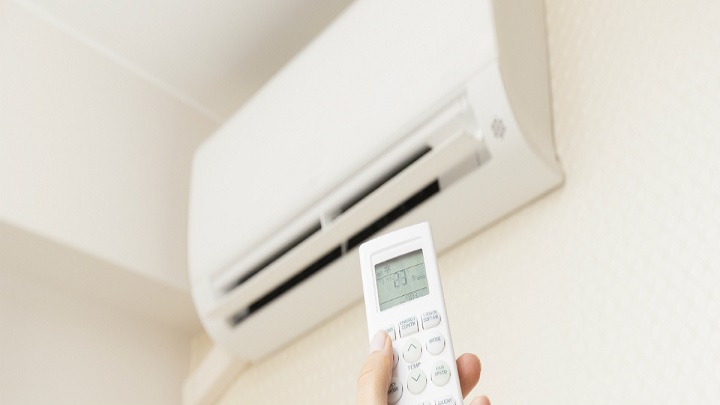Controlling the temperature of your home using natural means is based on many factors. Here are five of the most important.
Evaluate how these ways could affect your home and act to make your home more comfortable if you can.
1. Orientation
Ideally, your main living spaces should face north.
- Using this orientation, it will be easier to keep the heat outdoors during the summer and make better use of it during the winter.

2. Insulation
Isolate your floor, roof, and walls to keep the heat outdoors during the summer and to keep it warm during the winter.
3. The glazing
Adjust the size, position, glazing, and protection of your windows according to their orientation (by placing them in the sun or in the shade in most cases).

4. The thermal mass
Brick and stone interior walls, as well as concrete slabs, can all be used as heat sinks.
- While the sun will warm these surfaces over the winter, they will transmit heat accumulated overnight, while in summer these surfaces will remain cool all day.
You may also like to read: 6 Things to Do Before Painting
5. The ventilation
To properly ventilate your home, use ventilation ducts, exhaust fans or air sensors, as well as carefully positioned outdoor plants and fences.
Other Tricks
Here are some other expert tips to learn how to control the temperature of your home naturally:

Cornices, awnings or awnings
Under warm conditions, it is better to prevent heat from entering your home than from evacuating it once it is inside.
- Cornices or external awnings or awnings will deflect the summer sun, without, however, hindering the circulation of heat during the winter, when the sun is shining from a lower angle.
Curtains
Curtains offer some protection against summer heat. For best results, double them with light colored insulating fabrics to deflect some of the heat, and open or close them in the course of the day depending on the position of the sun.
- Curtains traditionally retain heat in your home so that you can take refuge in the cool during the summer. If your windows are facing north, they can also be a comfortable place in winter by lifting blinds or awnings.
- Only to be able to refresh during the summer, choose a location to the south or to the east. A veranda facing west will become warm in the afternoon.

Deciduous trees and barriers
Deciduous trees are a good complement to a pergola since they allow extending the shade more.
- Plant tall trees away from your home to avoid blocking light during the winter and any problem with piping.
- If there is a lot of space around your house but it is located in a place where it is not exposed to the gentle summer breezes, turn the wind on your side, A good arrangement of trees and fences.
- Work at the corners of your land and place your barriers so that you can bend the breezes towards your house where they will benefit you.
- Barriers can also protect you from cold winds during the winter.
Double-glazing
In winter, heat is easily lost through the windows.
- A double-glazing will help keep much of the heat in your home, but if your windows are equipped with simple glazing, pull your curtains to avoid losing heat. The thicker your curtains will be and the better it will be.
- You can also double your curtains with thermal liners, designed to help prevent heat from escaping from your home.
Natural shade
Plant a pergola or a trellis with grapes, passion fruit, or kiwis to enjoy both a soft shade and a delicious crop.
- If you want to make the most of the heat of the sun during the winter, choose kiwi plants or a deciduous grape with falling foliage.
Most houses have both a sunny side and a side in the shade. Keep this in mind when deciding the layout of your home. Positioning your office or living room on the most exposed side to the sunshine of your home will save you on heating and lighting in winter.
Keep these few expert tips in mind to help you keep your home cool in summer and warm in winter without increasing your electricity bill.




Average Rating